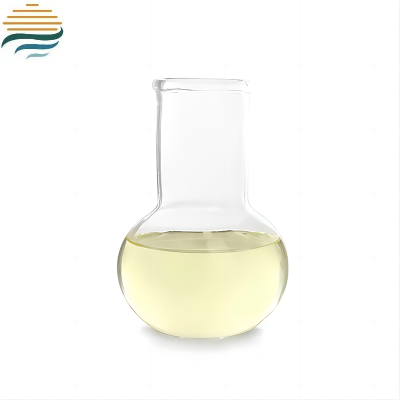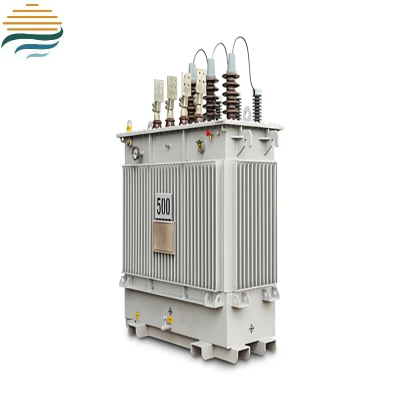Prediction and analysis of the competitive development prospects of the transformer oil industry in 2025. The surge in global wind and photovoltaic installed capacity is driving the demand for transformers
1、 Industry Overview and Market Status
As the core insulation medium of power equipment, transformer oil plays three major roles: insulation, cooling, and arc extinguishing. Its market demand is highly related to power infrastructure, new energy development, and grid transformation.
From the perspective of product structure, mineral oil still dominates (with a market share of 78% in 2023), but the growth rates of bio based transformer oil and synthetic ester oil are significant, reaching 12% and 9% respectively. This trend is closely related to the EU's Renewable Energy Directive (RED III) and China's dual carbon policy, accelerating the process of replacing environmentally friendly products.
2、 In depth analysis of the competitive landscape
Global market: coexistence of giant monopolies and regional differentiation
Nynas、 Shell, ExxonMobil, PetroChina, and Sinopec collectively hold 62% of the global market share. European companies dominate the high-end market with a century of technological accumulation, and Nynas' cycloalkane base oil has a market share of over 40% in Europe; The Asia Pacific market presents localized competitive characteristics, and Chinese companies are accelerating their penetration in emerging markets such as Southeast Asia and Africa through cost advantages and rapid response capabilities.
Chinese market: Three pillars and segmented breakthroughs
A competitive tier has been formed domestically, with PetroChina Kunlun Lubricants, Sinopec Great Wall Lubricants, and Uni President Petrochemicals as the core, with a combined market share of 68%. It is worth noting that private enterprises such as Taipu Derun, a subsidiary of TBEA, have achieved breakthroughs in the field of wind power specialized oil through customized services, and their market share will increase to 5.3% in 2023. According to data from Zhongyan Puhua Industry Research Institute, the profit margin of the specialized transformer oil sub market is as high as 28%, far exceeding the industry average of 17%.
Technical barriers and supply chain restructuring
There is a significant technological gap in the high-end product field: the localization rate of ultra-high voltage DC converter transformer oil is only 32%, mainly relying on imports. But recently, the 500kV transformer oil developed by PetroChina Dalian Research Institute has passed KEMA certification, marking a new stage of domestic substitution. In terms of supply chain, the fluctuation of base oil prices has intensified (with a 40% fluctuation in the price of cyclic base oil in 2023), forcing companies to establish strategic inventory mechanisms. Sinopec has signed long-term procurement agreements with three refineries in the Middle East.
3、 Analysis of Core Driving Factors
The new energy revolution reshapes the demand structure
The surge in global wind and photovoltaic installed capacity is driving the demand for transformers: In 2023, there will be an increase of 118GW in global wind power installed capacity and 440GW in photovoltaic installed capacity, directly driving an annual increase of 90000 tons in transformer oil demand. China's desert Gobi wind power base, European North Sea offshore wind power cluster and other super projects are in urgent need of low temperature resistant (-45 ℃) and anti-aging oil products.
The intelligentization of the power grid has spurred technological iteration
The construction of intelligent substations requires oil products to have online monitoring compatibility. Shell's E-Dialectric series oil integrated sensor interface can achieve real-time transmission of dielectric loss factor and micro water content, with a premium space of up to 35% for such products.
Environmental regulations accelerate product upgrades
The "Perfluoroalkyl Substance Restriction Act" (PFAS) implemented by the European Union in January 2024 prohibits fluorinated additives, forcing companies to modify their formulations. The Ministry of Ecology and Environment of China has included transformer oil in the list of new pollutants for treatment, with the requirement for biodegradation rate increased from 60% to 80%, and the technical threshold significantly raised.
4、 Risk challenges and breakthrough paths
Cost pressure and profit dilemma
The high volatility of base oil prices combined with environmental protection renovation costs has put pressure on the gross profit margin of enterprises. In 2023, the average gross profit margin of the industry will decrease by 3.2 percentage points, and the loss area of small and medium-sized enterprises will expand to 27%. The breakthrough path includes:
Vertical integration: China National Petroleum Corporation acquires Xinjiang cyclohexane based crude oil ore, achieving a self-sufficiency rate of 65% in raw materials
Process innovation: ExxonMobil adopts molecular distillation technology to reduce energy consumption in the refining process by 40%
Technology bottleneck and innovation breakthrough
Core technologies such as controlling aromatic hydrocarbon content and improving oxidation stability still need breakthroughs. Zhongyan Puhua Industrial Research Institute suggests establishing an industry university research consortium, referring to the 21C Innovation Laboratory model of CATL, and focusing on cutting-edge fields such as graphene modified oil products.
5、 Forecast of Development Prospects in 2025
Market size and regional differentiation
It is expected that the global market size will reach 5.12 billion US dollars by 2025, with the Asia Pacific region contributing 60% of the incremental growth. The Indian market will become a new growth pole, with its Distribution Transformer Replacement Scheme (RDSS) bringing an annual demand increase of 50000 tons.
Product structure transformation
The market share of bio based oil products is expected to increase from 8% in 2023 to 15%, and the penetration rate of synthetic ester oil in offshore wind power scenarios will exceed 30%. The plant-based transformer oil jointly developed by PetroChina and the Malaysian Palm Oil Board has entered the commercial testing stage.
Evolution of Competitive Landscape
Cross border competition intensifies: BASF relies on its chemical advantages to develop nanofluid transformer oil; CATL has entered the specialty oil market through its energy storage business. Zhongyan Puhua Industry Research Institute predicts that the concentration of TOP5 enterprises will decrease to 55% by 2025, and specialized and scenario based enterprises will enter a window of development.





